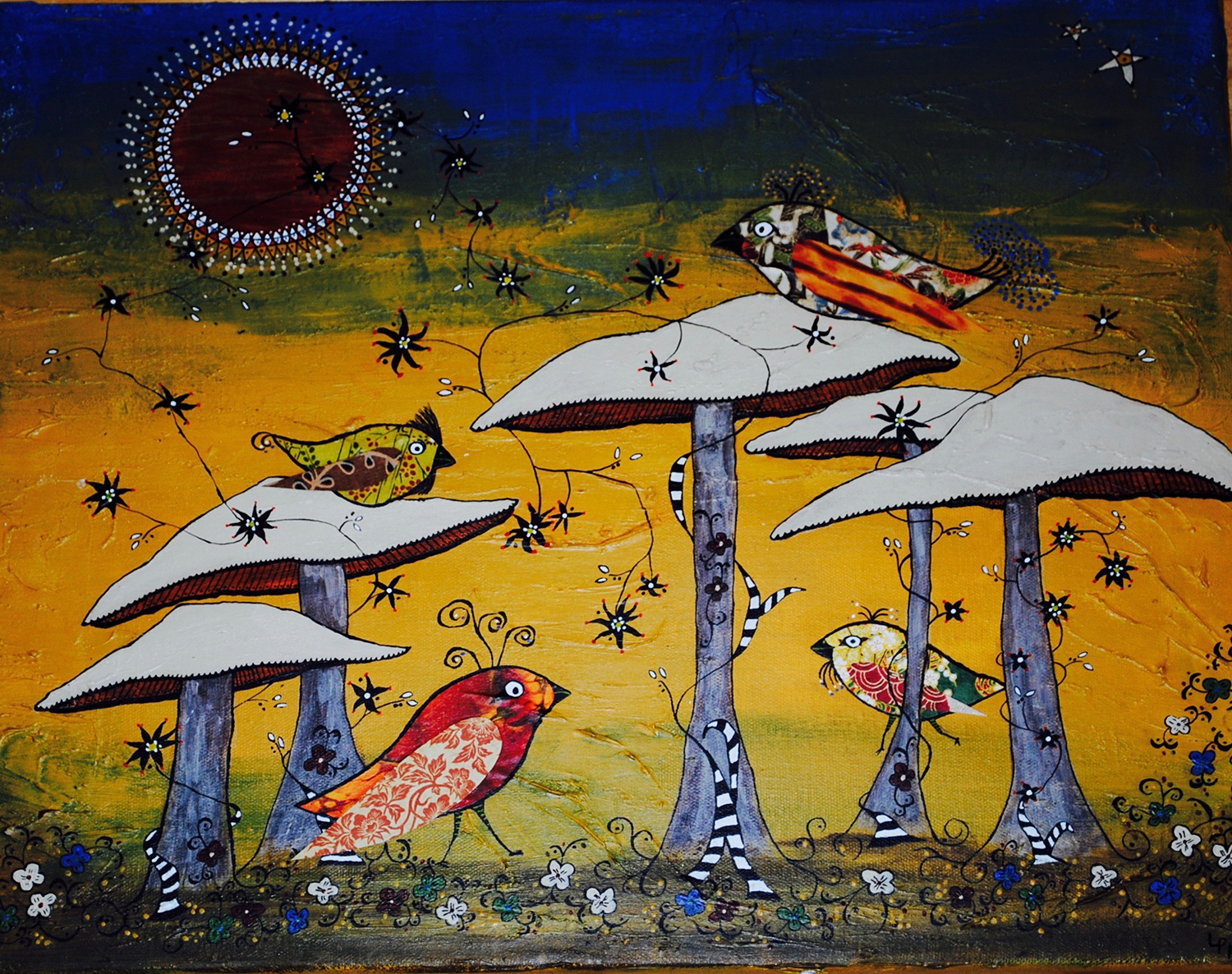
By Laurel Pattenden
I can hardly wait for spring. Nature bursting with new buds and countless shades of green growth. Each day it opens up before our very eyes.
This year I am getting a double dose of budding. By the time you read this column my first dose of spring will be over (or nearly) while I visit my two year old grandson on the aptly named Salt Spring Island, B.C. He still lives with his parents so I will be seeing them, too, but they are not nearly as exciting as my grandson! My second dose of spring greening will be on my returning home.
Winter gets weary; that’s why we have spring. We get weary; that’s why we have Easter.
We all long for spring. The world takes on colours that were buried and forgotten. Birdsong rises amongst the budding trees and bushes.
Thomas Harding wrote about spring’s yearly arrival in The Year’s Awakening with my favourite lines. “O vespering bird, how do you know, How do you know?” and “O crocus root, how do you know, How do you know?” that it is time for spring and winter is weary. Darkness of winter wains and we pack the thought of it away as quickly as we can. We enjoy dining in the light of day and just looking out our windows we feel more alive. We breathe easier.
Could we possibly feel more alive than in this season of spring? Of course, but only when we remember that the stone rolled away. Jesus died for all the things we cannot cure, fix or mend. Medicine and science cannot spare us grief, upsets and disasters. No matter how many times we experience grief or disaster we are always surprised by how quickly darkness shadows us. Jesus died for all the messes we make against our self, others and in every part of creation. We just can’t seem to help ourselves. In fact an angel (a very gossipy one) told me we are actually famous for it. We create so much of our own darkness it is like we are A. A. Milne’s character Eeyore, the donkey (Winnie-the -Pooh), with our own little cloud above our heads. Wandering broken.
Jesus indeed died for all. Then the stone rolled away and it was Easter. The tomb was opened up. It was opened up for us. It could not contain the Light.
This action creates in us a need to react. We also have to open up.
Emily Dickinson wrote, “I sit before flowers hoping they will train me in the art of opening up”. Do we need to sit before the open tomb and hope it will train us in the art of opening up? Opening up to Christ? If we don’t learn this art of opening up do our hearts remain frozen in the darkness of winter and disappointment? As if the stone never moved from the opening of the tomb? Living in perpetual despair? Like Eeyore? Or do we learn to open our hearts and souls to the “True Spring” that burst forth when the stone rolled away?
Perhaps we can borrow the words of the first verse of Spring Quiet by Christina Rossetti:
Gone were but the Winter,
Come were but the Spring,
I would go to the covert
Where the birds sing;
This spring, let us go together to the empty tomb where the birds sing.
Happy Easter.
Laurel is retired and likes to spend her time in her art studio.

Laurel Pattenden. Pretty Bird (Mixed media)
